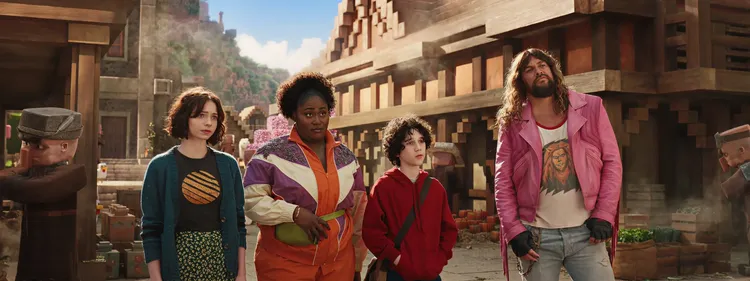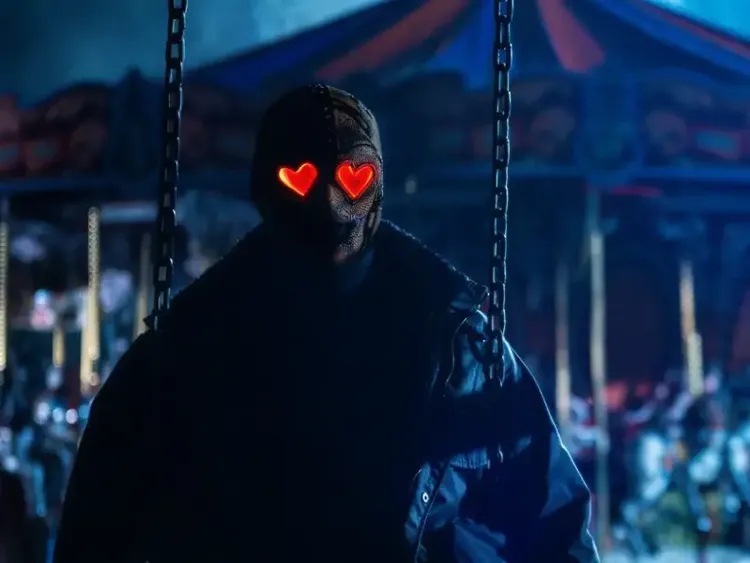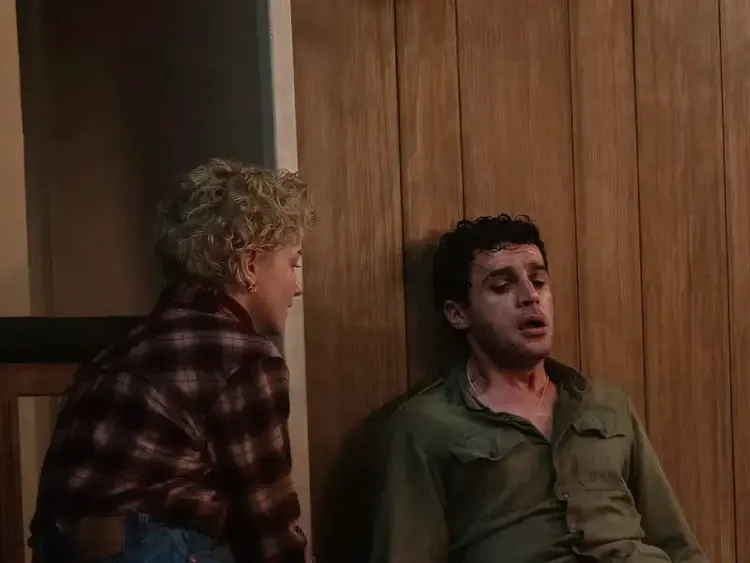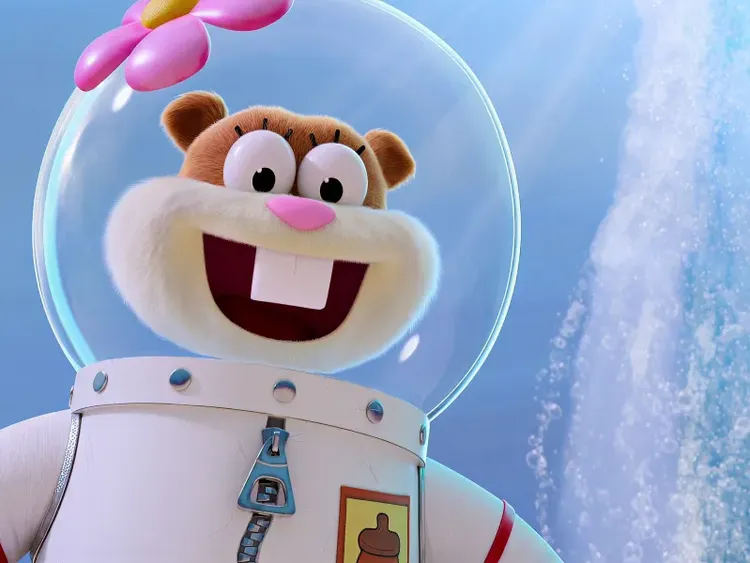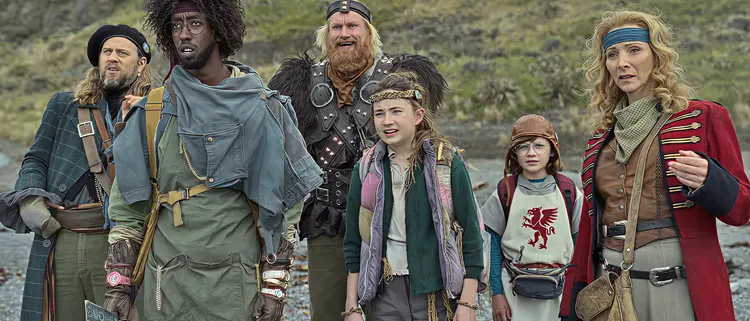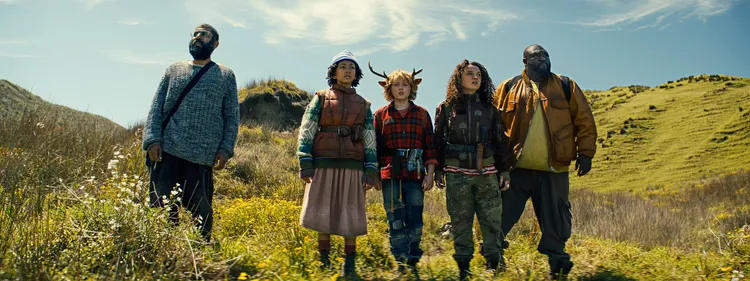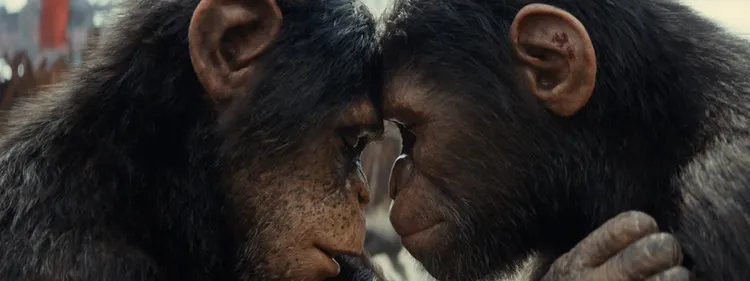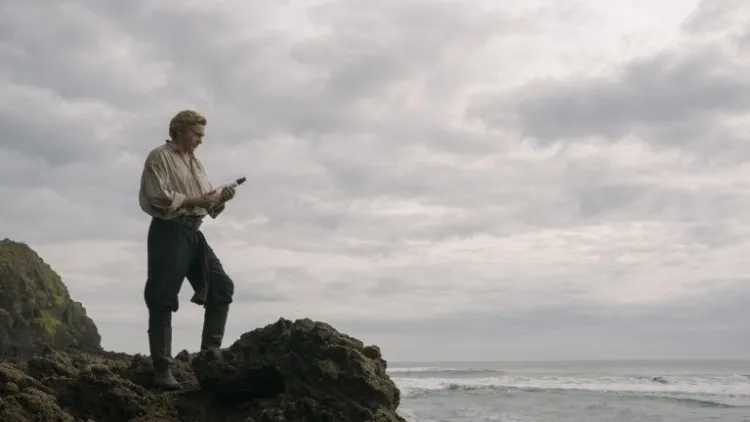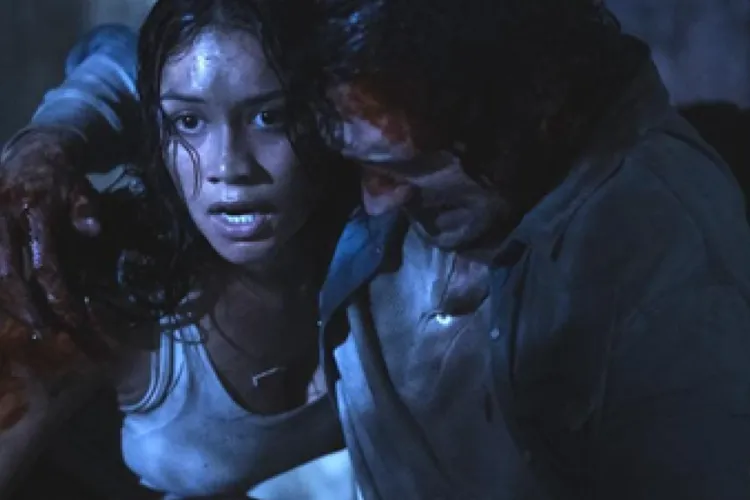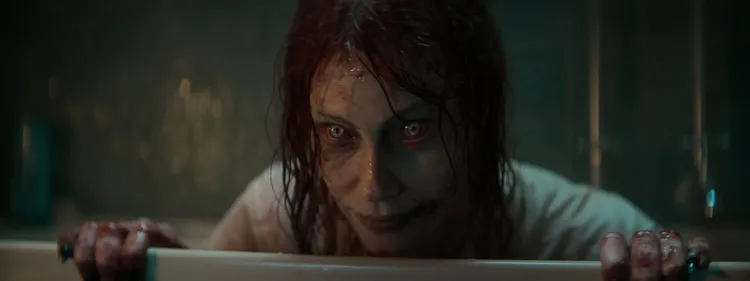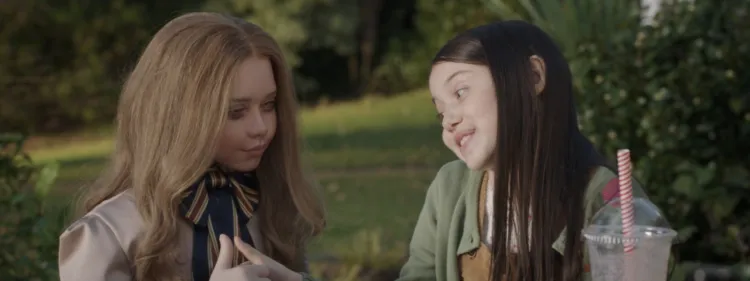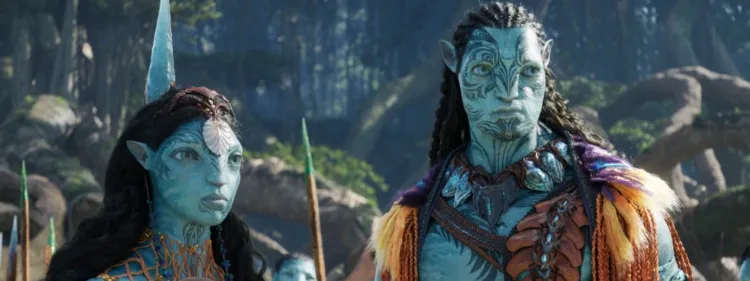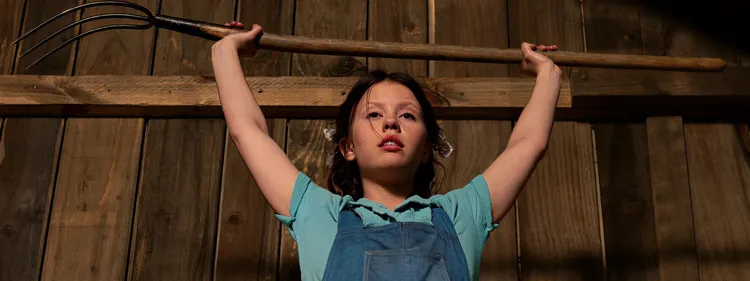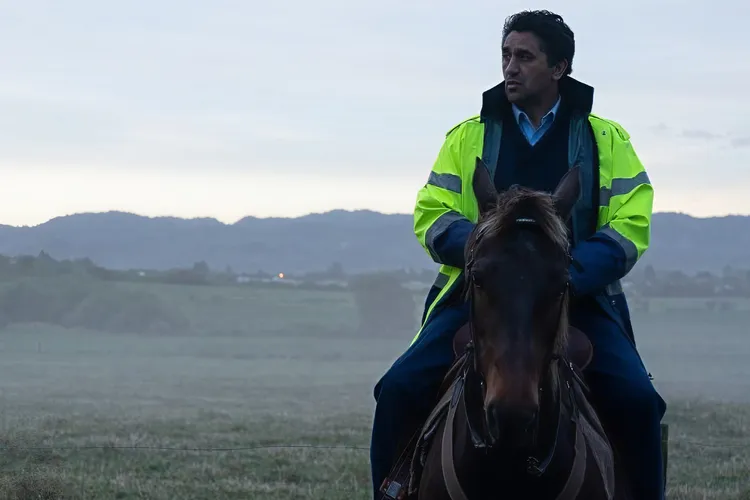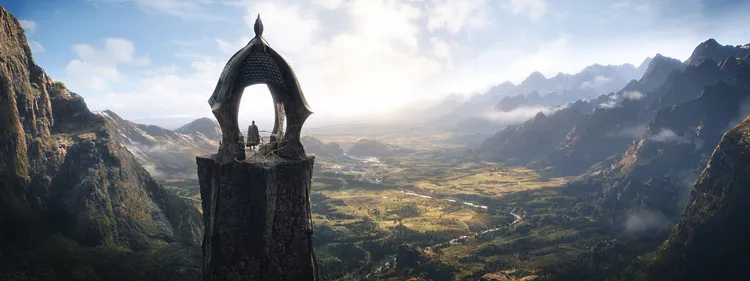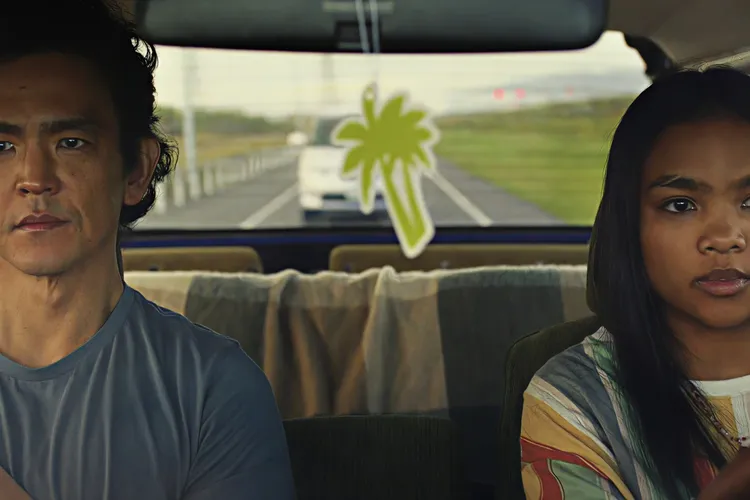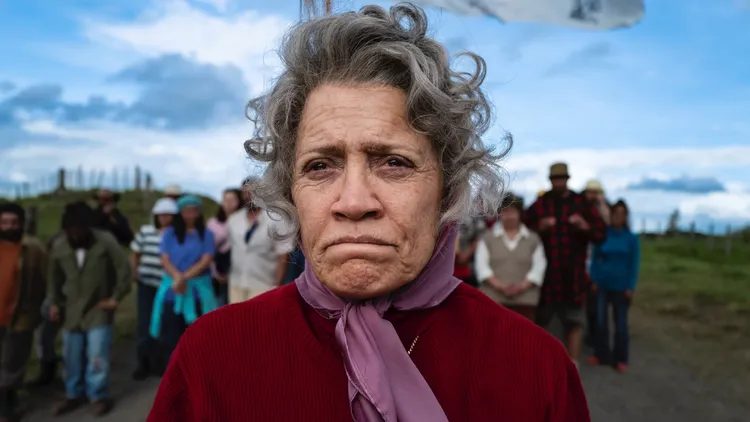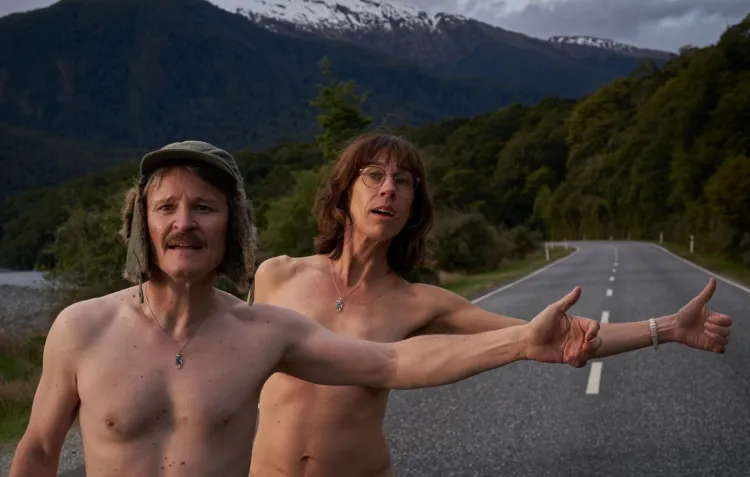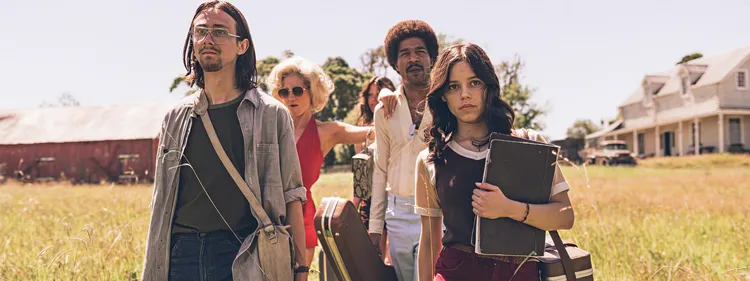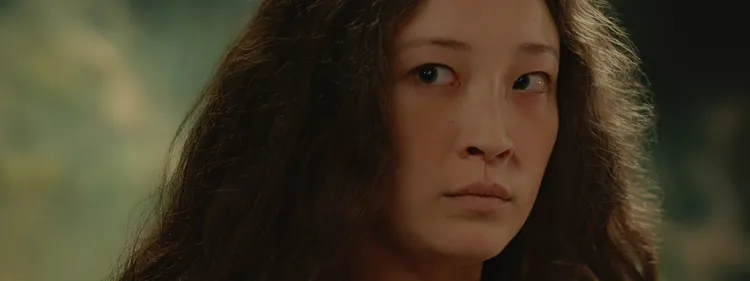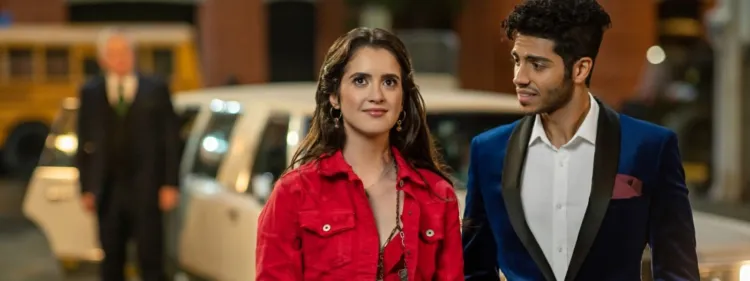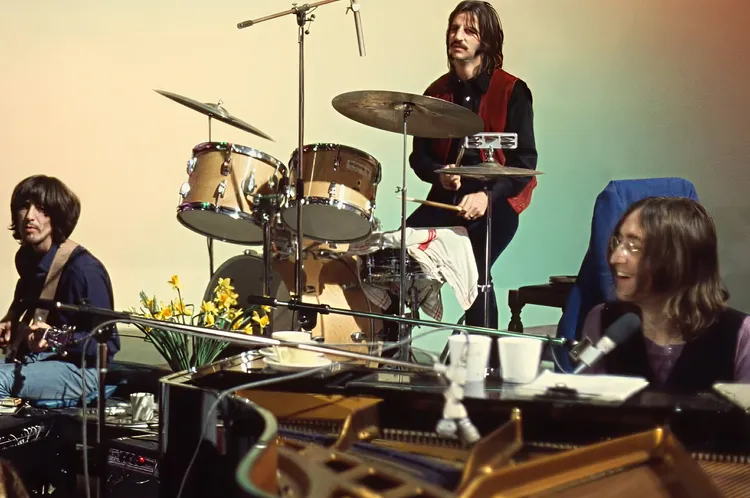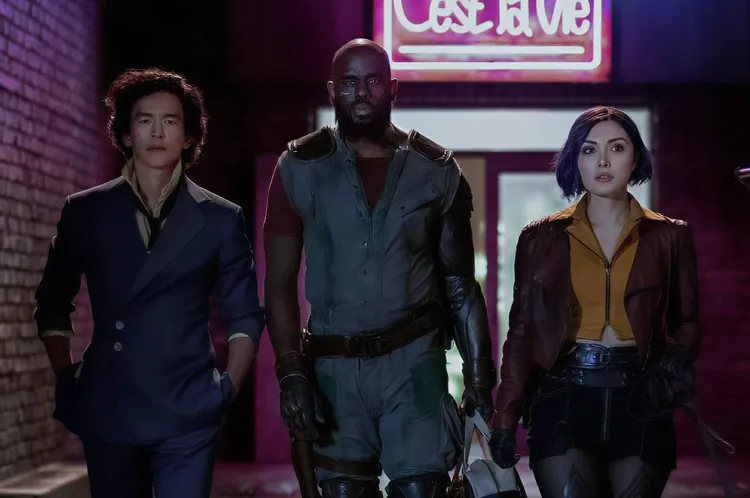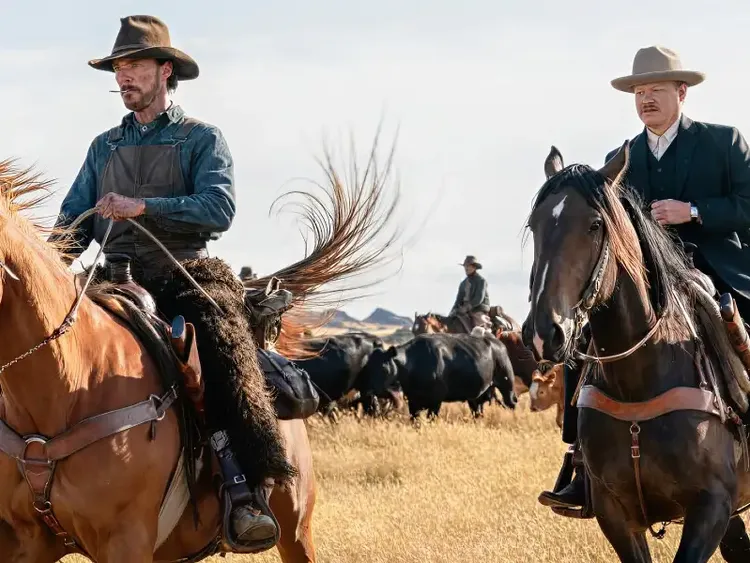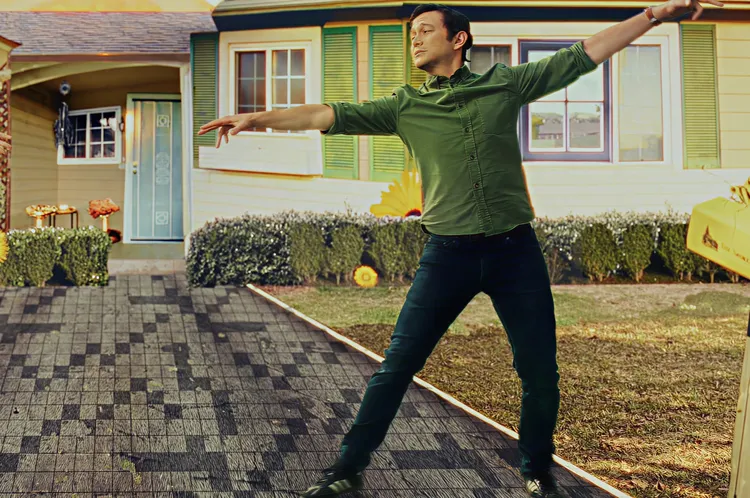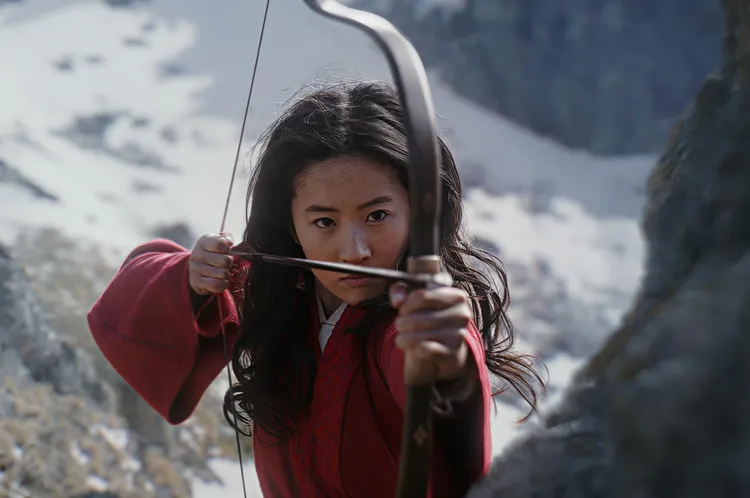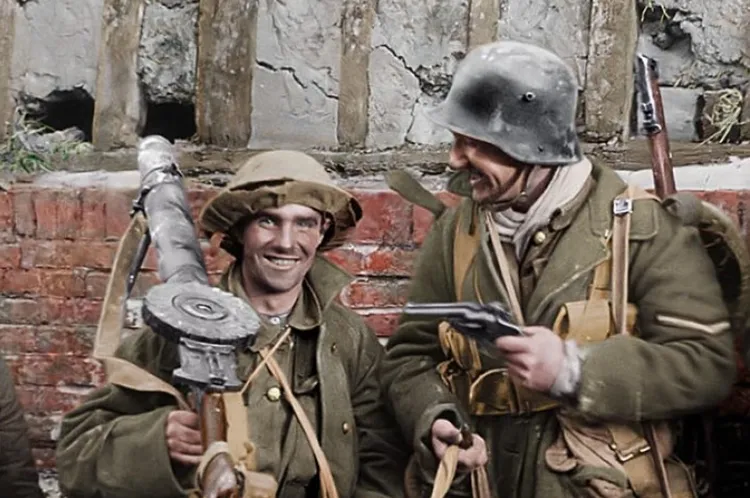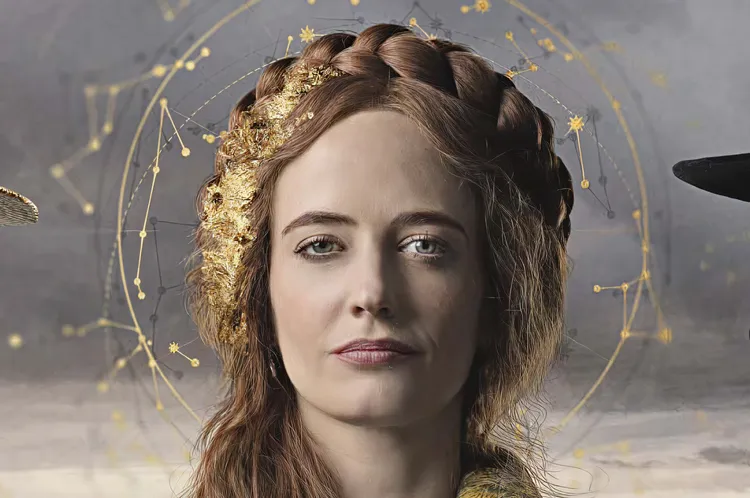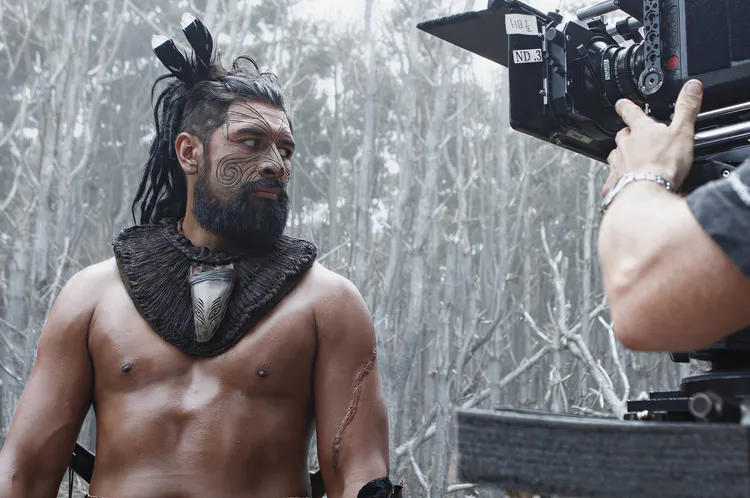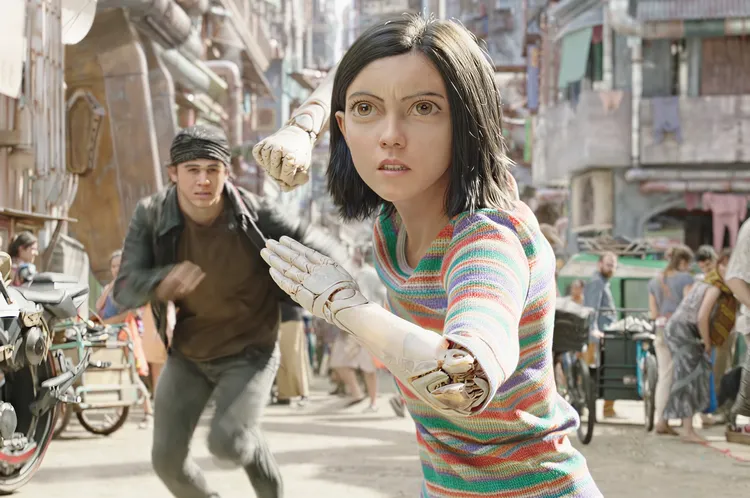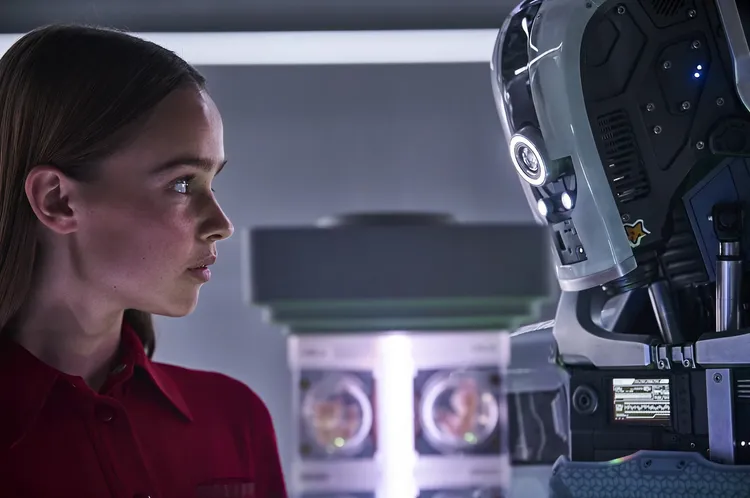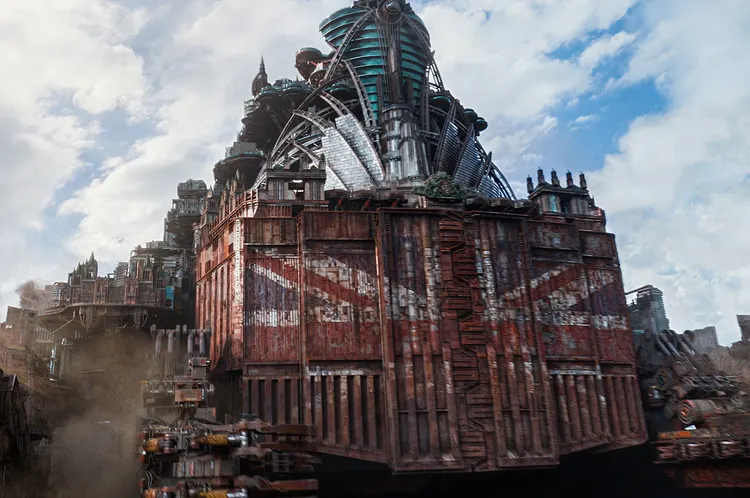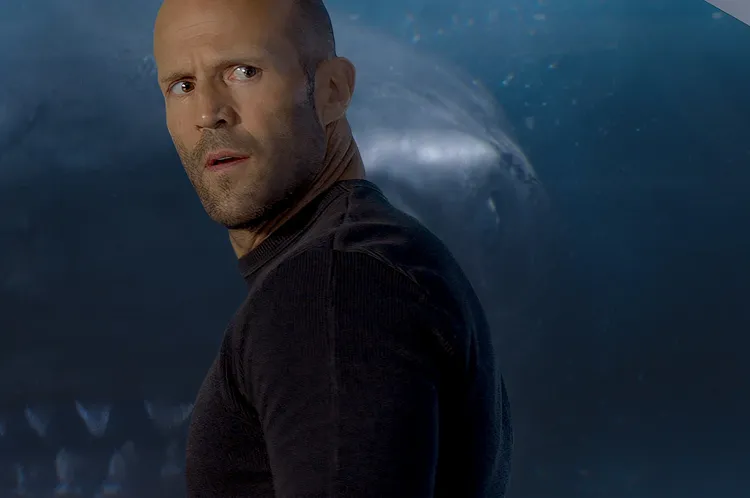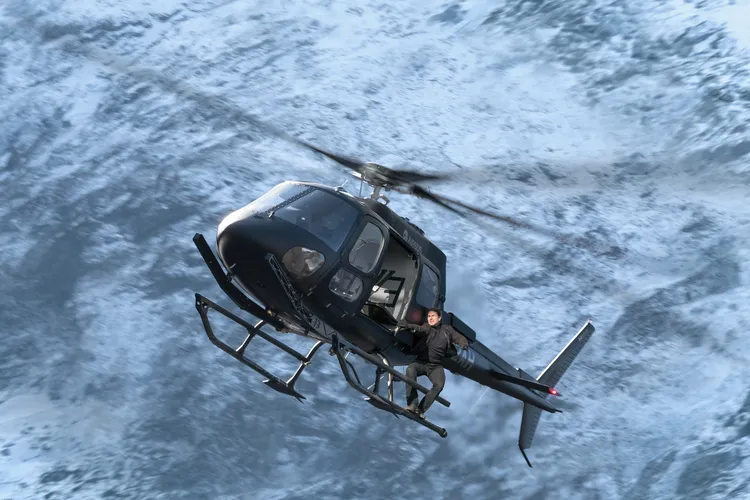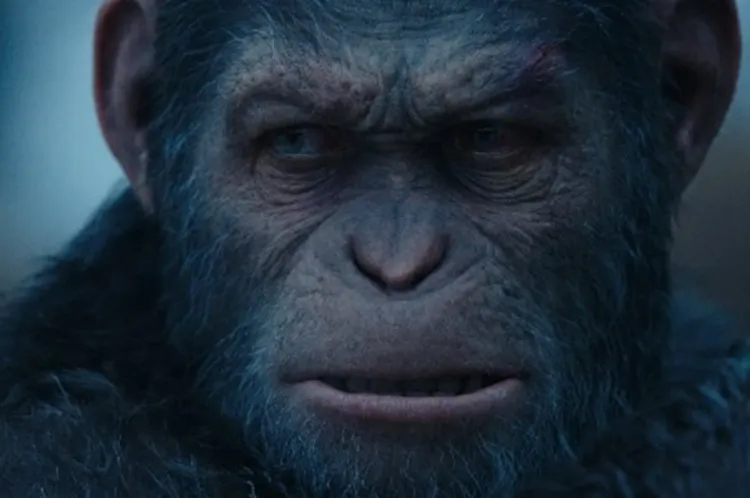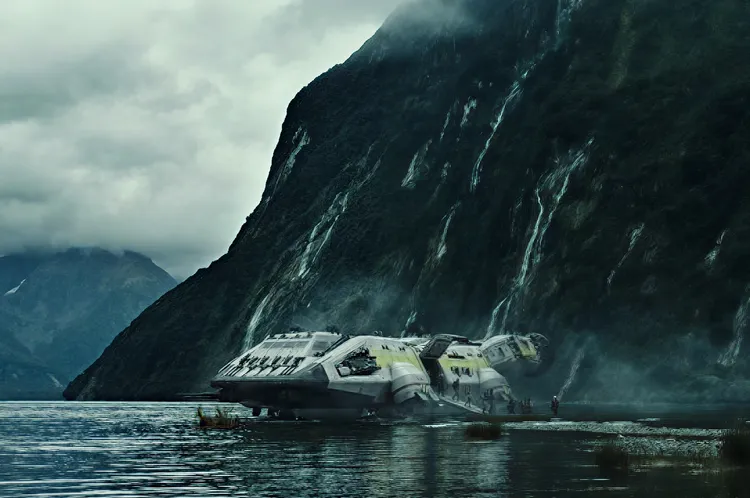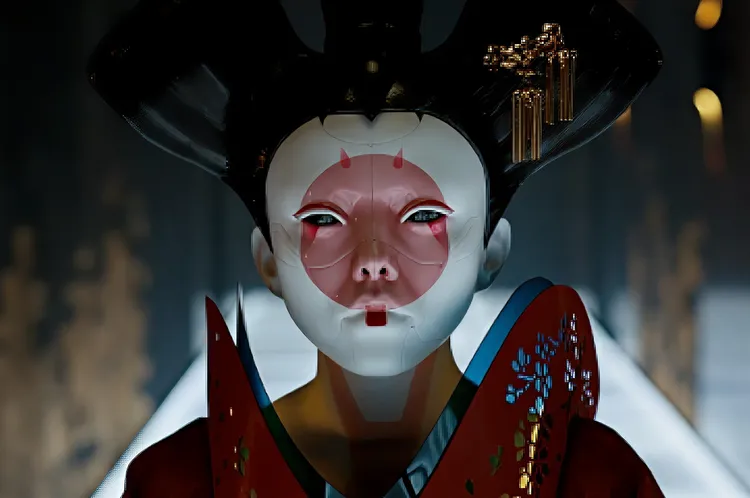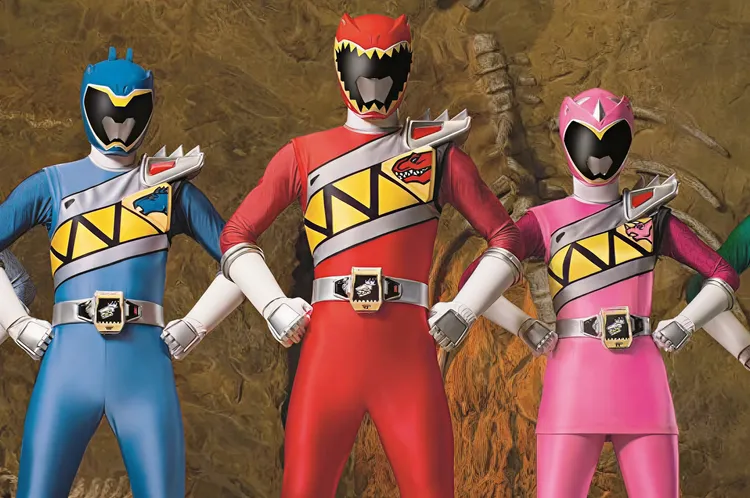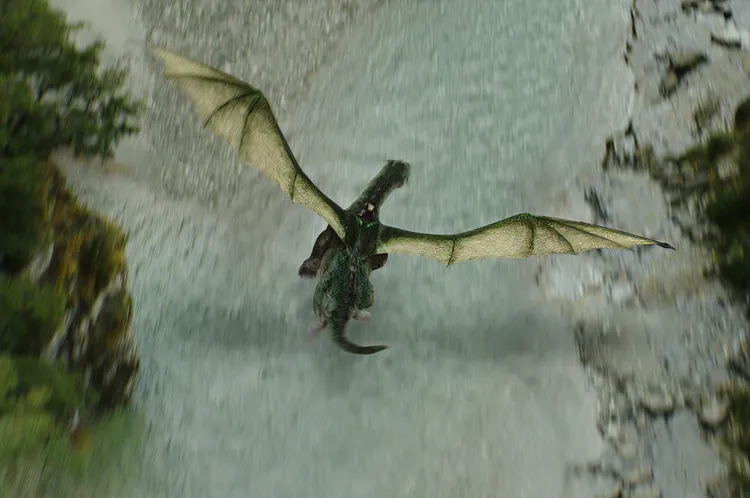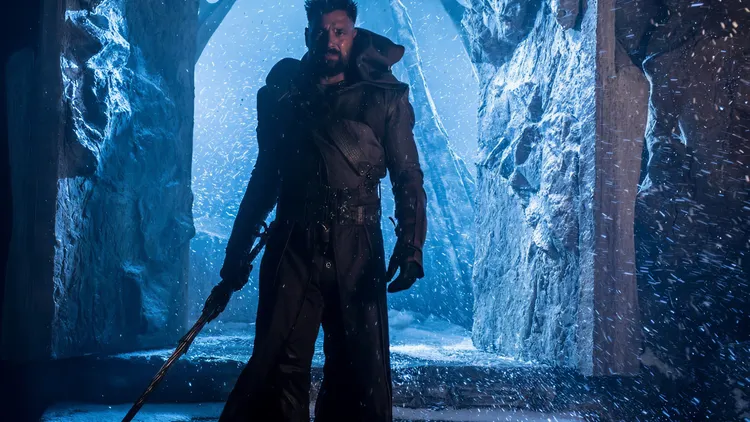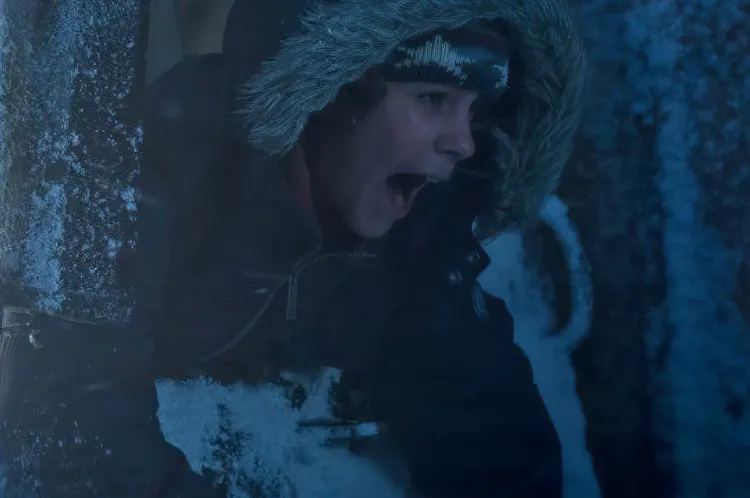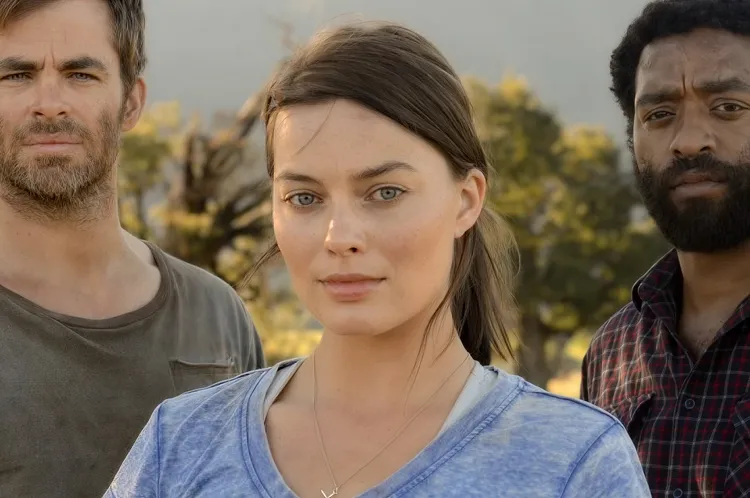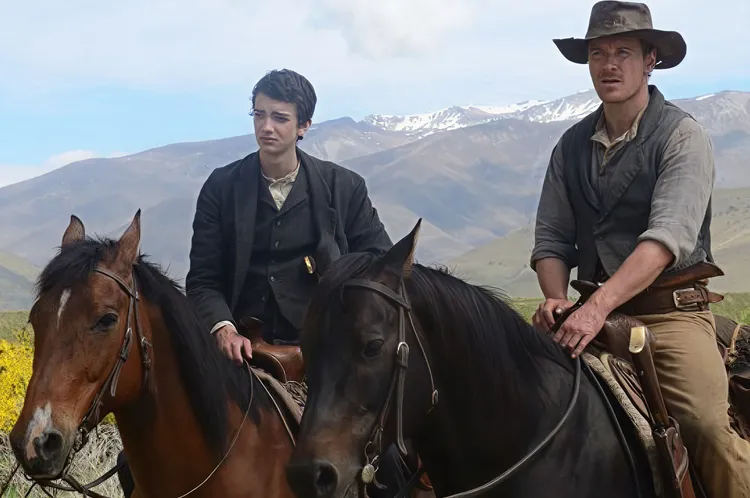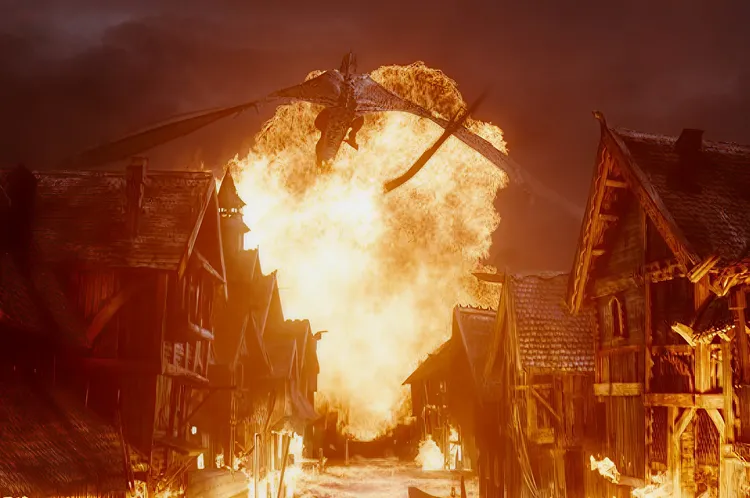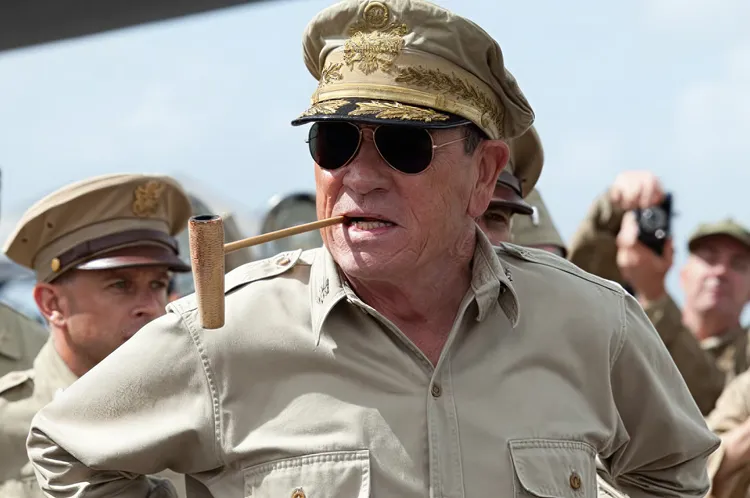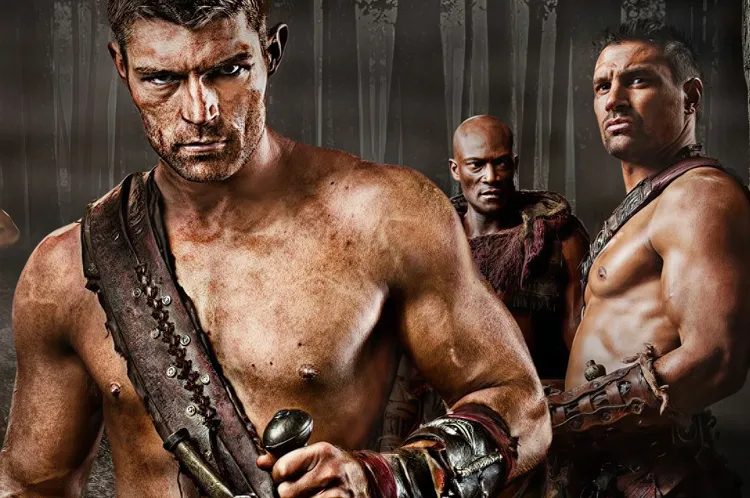Alita
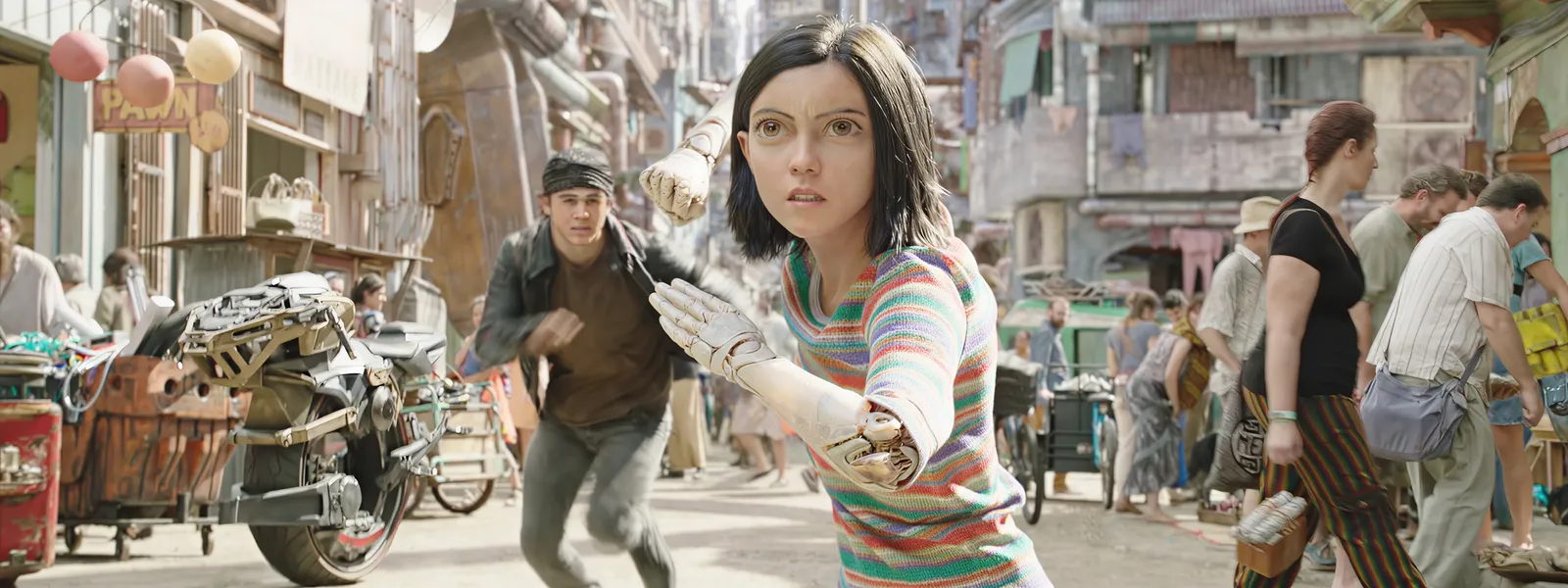
A deactivated cyborg's revived, but can't remember anything of her past and goes on a quest to find out who she is.
The Post, Digital and Visual Effects grant aims to foster capacity and new business development for large budget PDV Production in New Zealand.
Eligible productions can access a cash grant equivalent to 20% of Qualifying New Zealand Production Expenditure (QNZPE) up to QNZPE of $25 million, and 18% of QNZPE for QNZPE above $25 million.
First time Weta has created a real humanoid character
900 visual effects artists worked on film
3 years of work / 4000TB disk space
Over 80,000 computers worked day and night
So many other houses are trying to catch up, but Weta remains in front. I knew they had to do Alita, because you have to believe in her even in the tightest close-ups.
/ James Cameron, Producer / Co-writer
Led by Senior Visual Effects Supervisor Joe Letteri, Weta Digital is known for its culture of creativity and innovation and is one of the world’s premier visual effects companies. From the lush wonders of Pandora in Avatar to Gollum in The Lord of the Rings Trilogy to the sentient primates of Planet of the Apes, Weta has propelled nearly every performance-capture milestone of the last two decades.
For Alita: Battle Angel, Weta created 40 CG characters including the ‘motorballers’, the film’s antagonist ‘Zapan’, and main character ‘Alita’, taking CG animation and performance capture to a whole new level of realism.
From Motion Capture to Performance Capture
When we were making Avatar, I would tell people we don’t need to be photo real, as you can’t tell me what’s real on Pandora. We only needed to be photographic. For Alita we are on earth, Alita needs to be photo real. So, she can stand right next to Christoph Waltz and look together as one in the frame.
/ James Cameron, Producer / Co-writer
In order for the Alita character to appear real and believable, Weta Digital turned to performance capture. Unlike motion capture where a character acts on an empty stage, Alita’s performance by Rose Salazar was filmed on a physical set.
It’s all the difference in the world for us, being able to work on set and actually capture an actor in the proper environment, because you just get a better performance from the actors.
/ Eric Saindon, Weta Digital
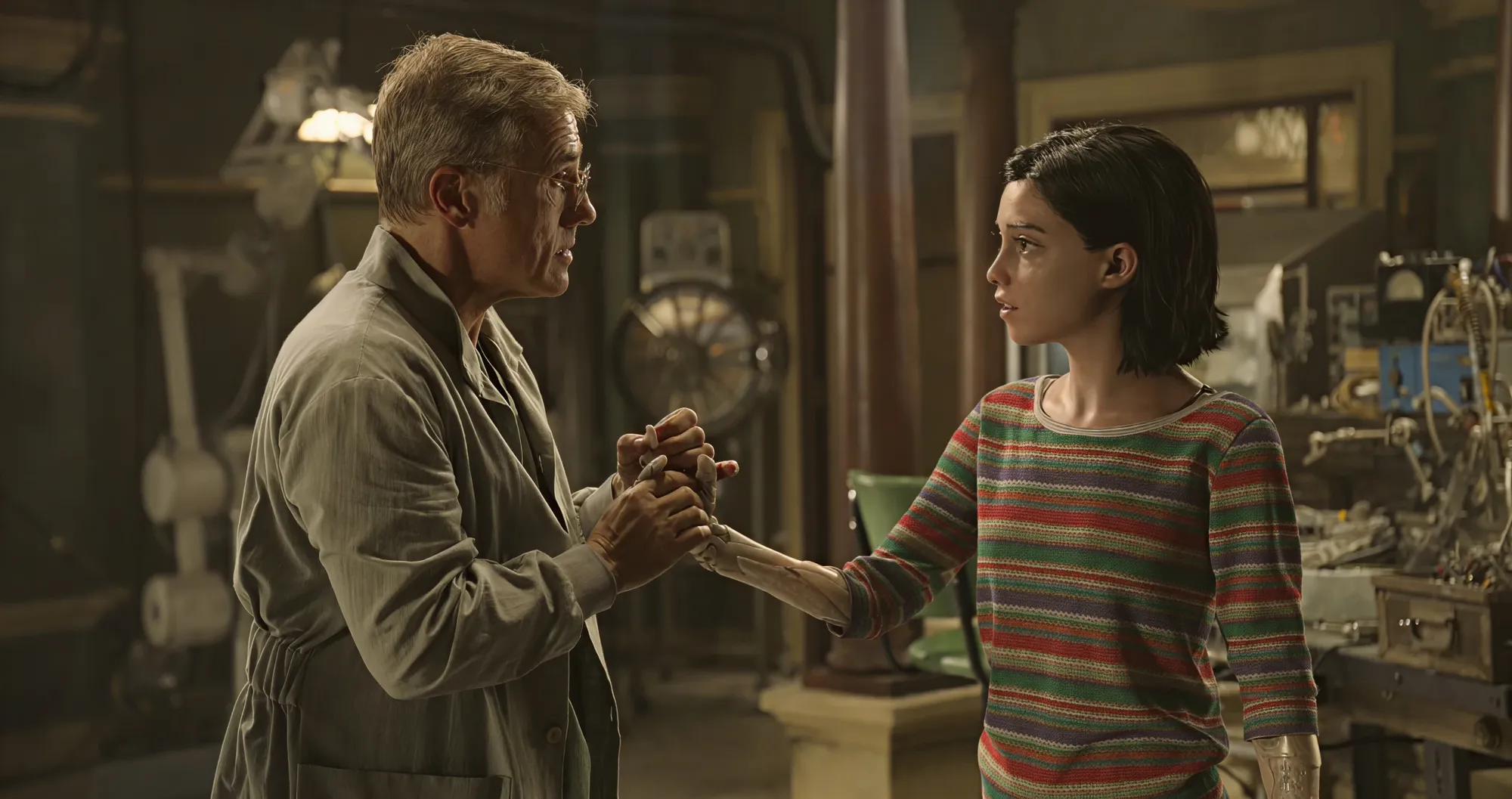
Production installed a number of cameras around the set that would record markers on Salazar’s body. The camera system would interpret the markers on her suit and digitally place them into a three-dimensional space, creating a skeleton to go inside the CG model. The result; Rosa’s performance was evident in each shot.
Alita is probably the most ambitious digital character that we have created. There’s no better way of doing that than capturing a performance from a real human.
/ Mike Cozens, Animation Supervisor
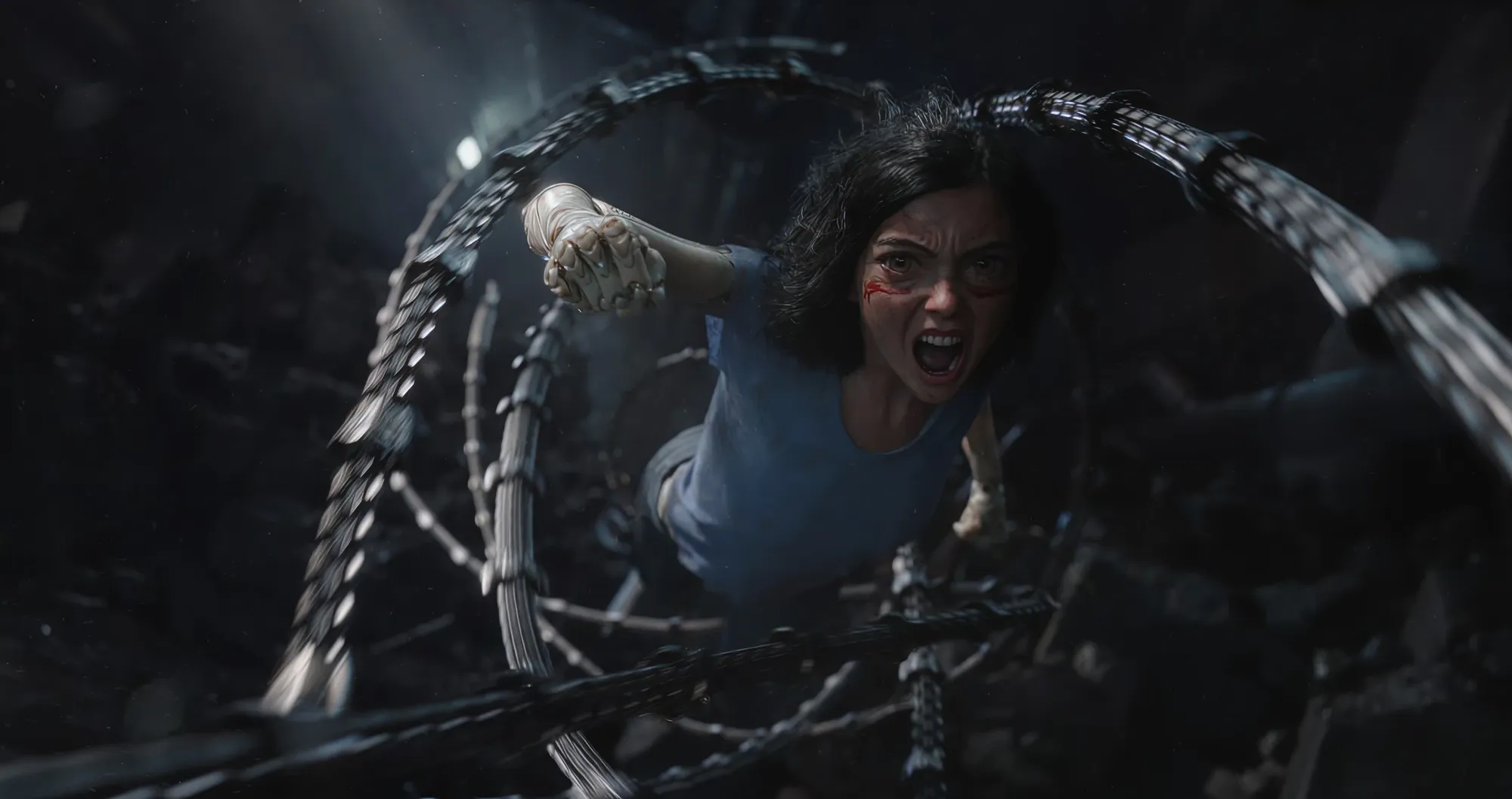
It’s amazing seeing Rosa’s spirit, her light, coming through the Alita character.
/ James Cameron, Producer / Co-writer
Digital capture of the human face
The realism of Alita extends to her face. Weta Digital orchestrated a new level of CG facial sophistication including more efficient workflows, more versatile digital lighting and an improved ability to simulate muscles and skin.
Production had nearly 80 cameras capture Salazar’s expressions for every shot including 60 motion capture cameras. Weta Digital would interpret those images on a frame by frame, almost pore by pore level, to drive the facial performance of the Alita character. This was all vital to infusing Rosa Salazar’s performance into Alita’s CG body and to blending the action and emotional drama that had to feel real in the visuals.
Every pore, every indent, every scar, things I wish they didn’t put in are there. It’s like looking at me as every little nuance of my face is there.
/ Rosa Salazar (Alita)
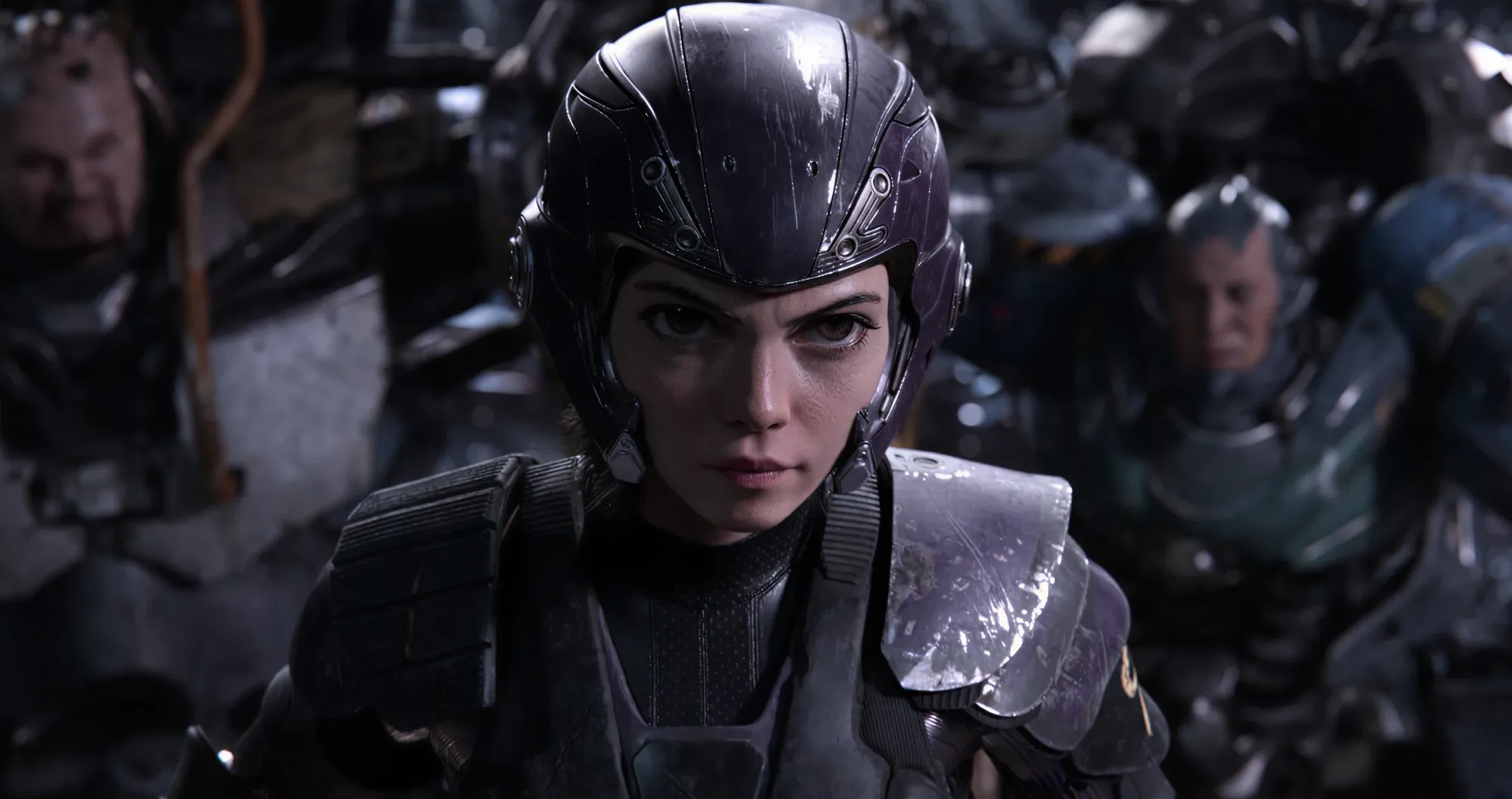
Eric Saindon, visual effects supervisor for Weta Digital and a two-time Oscar® nominee for The Hobbit Trilogy explains how the technology Weta Digital developed has evolved to bring a more realistic feel to Alita’s face.
We’re now able to work at the level of the facial musculature—so it’s no longer about just moving the surface skin but moving the underlying muscles. You can see it in how the movements of Alita’s face look so much like Rosa’s. We spent hundreds and hundreds of hours just working with Alita’s mouth, because what makes even a big action scene work is getting the most human expressions and Rosa has a very expressive face. We’re also constantly working on the performance capture system to get higher and higher fidelity, so there are many little subtleties you see in Alita that you wouldn’t have seen in Avatar or Planet of the Apes. It’s those little natural details that create that extra feeling of life.
/ Eric Saindon, Weta Digital
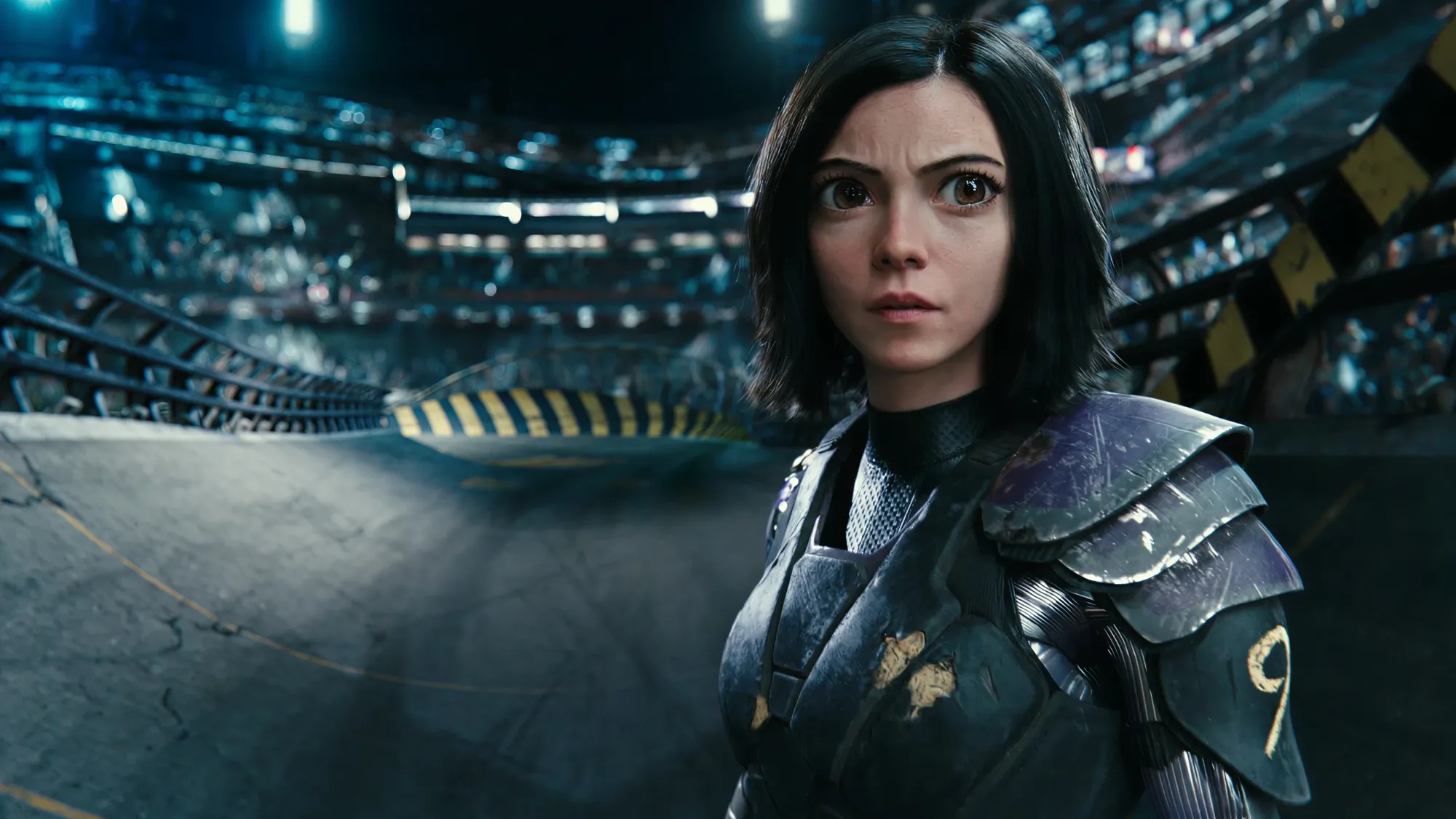
Advancements in CG technology included the use of over 9 million polygon graphics per Alita’s eye. To put that into perspective for ‘Gollum’ there was 1 polygon graphic per eye and only 50,000 in the character’s whole body.
I’ve worked with digital faces on many films, but I’ve never seen faces like these.
/ Mike Cozens, Animation Supervisor
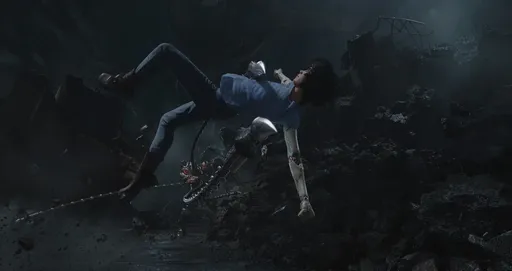
Alita: Battle Angel - Weta Digital
© Twentieth Century Fox
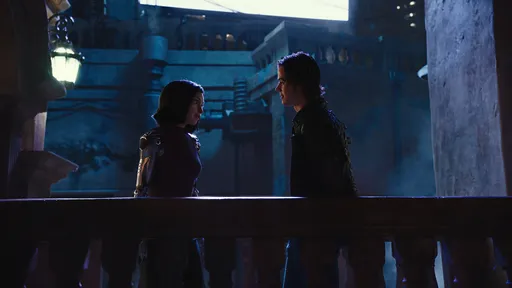
Alita: Battle Angel - Weta Digital
© Twentieth Century Fox
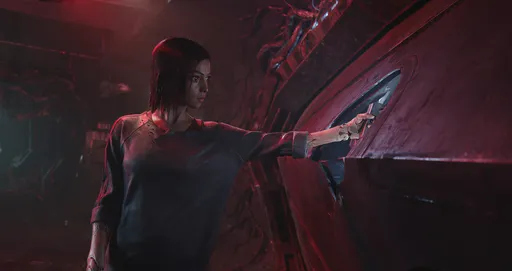
Alita: Battle Angel - Weta Digital
© Twentieth Century Fox
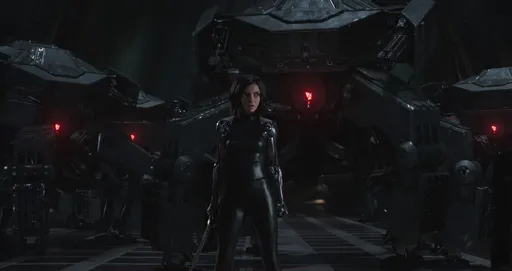
Alita: Battle Angel - Weta Digital
© Twentieth Century Fox
Backed by the New Zealand Film Commission
Directors
Producers
Screenplay Writers
Cast
Alita
Ido
Hugo
Vector
Crew
Production Company

Distributor

Discover the powerful stories and breathtaking visuals brought to life by our talented New Zealand and International filmmakers.
